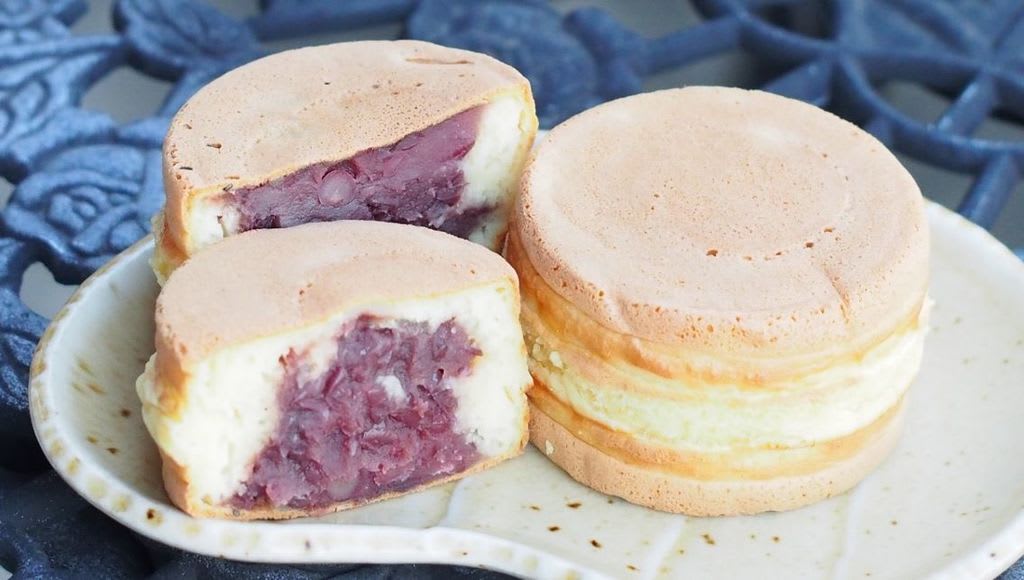



 This is a Japanese sweet with a red bean paste filling. It is similar to Dorayaki, which consists of two pancakes sandwiched together with the filling in between. One can also use other sweet filling i.e. vanilla custard or savoury filling i.e. curry, potatoes. etc.
This is a Japanese sweet with a red bean paste filling. It is similar to Dorayaki, which consists of two pancakes sandwiched together with the filling in between. One can also use other sweet filling i.e. vanilla custard or savoury filling i.e. curry, potatoes. etc.

It is said that imagawayaki has its roots in Kanda, Tokyo. 200 years ago, in Kanda's Imagawabashi neighborhood there was a sweet shop that sold red bean paste filled buns which over time became known as imagawayaki. These simple flour buns filled with anko soon became popular as the perfect mid-afternoon snack.
Ohagi is a sweet made from glutinous rice made with azuki paste. Mochi shops in Japan often put these out during Autumn and is associated with Hagi, a bush clover. Simple ohagi consist of a ball of coarse sweet rice surrounded by a layer of sweet anko bean paste. Another type of ohagi are inverted, with the rice on the outside and beans on the inside; these are coated with a layer of sesame seeds or kinako, a type of soy flour.

おはぎは、小豆の粒が萩の花の咲き乱れるさまに似ている所から「萩の餅」と呼ばれ、そこから「御萩(おはぎ)」と呼ばれるようになりました。
